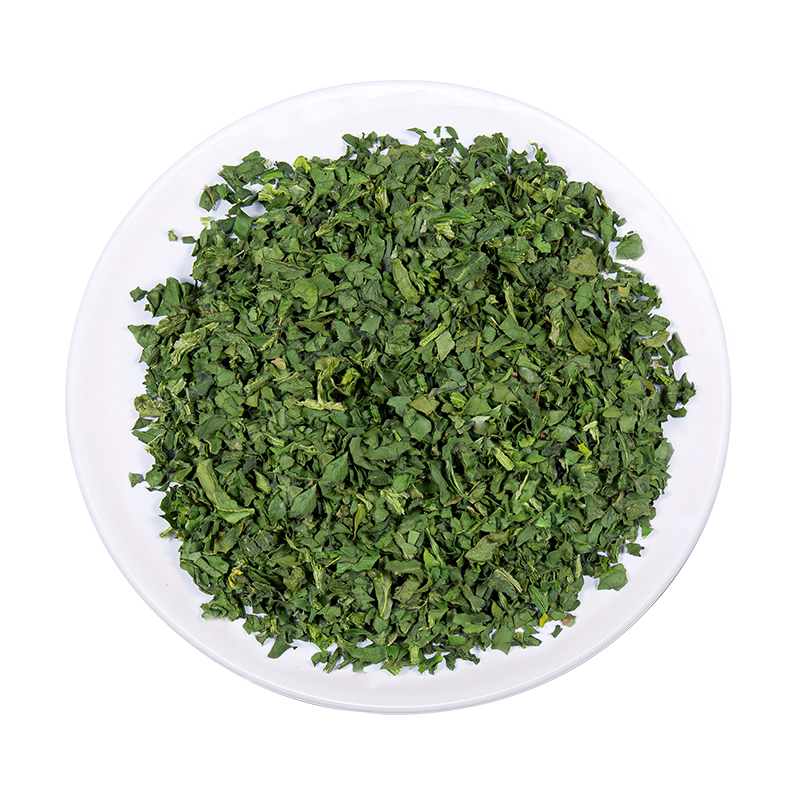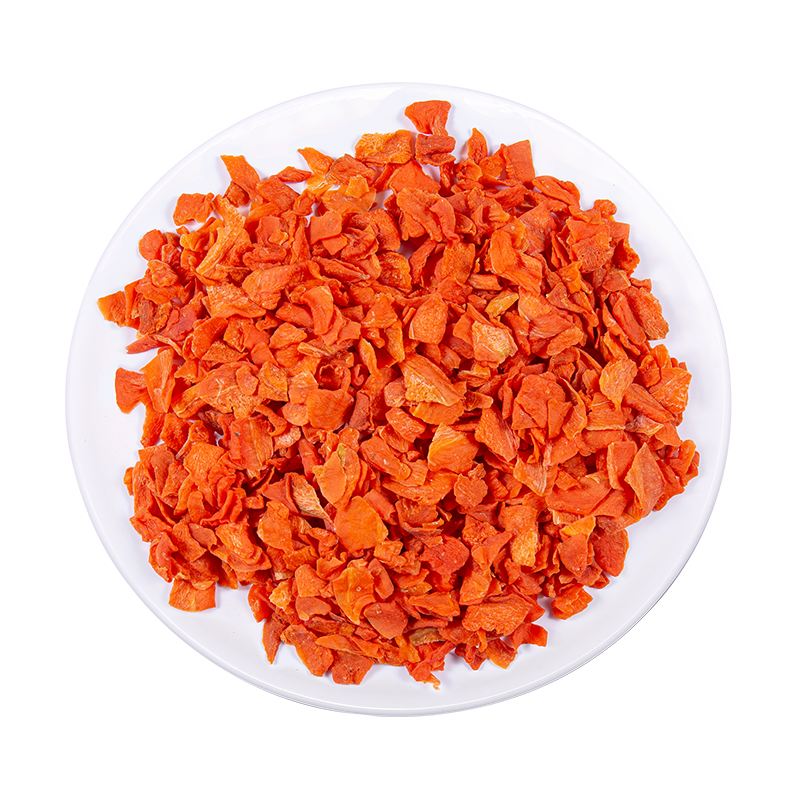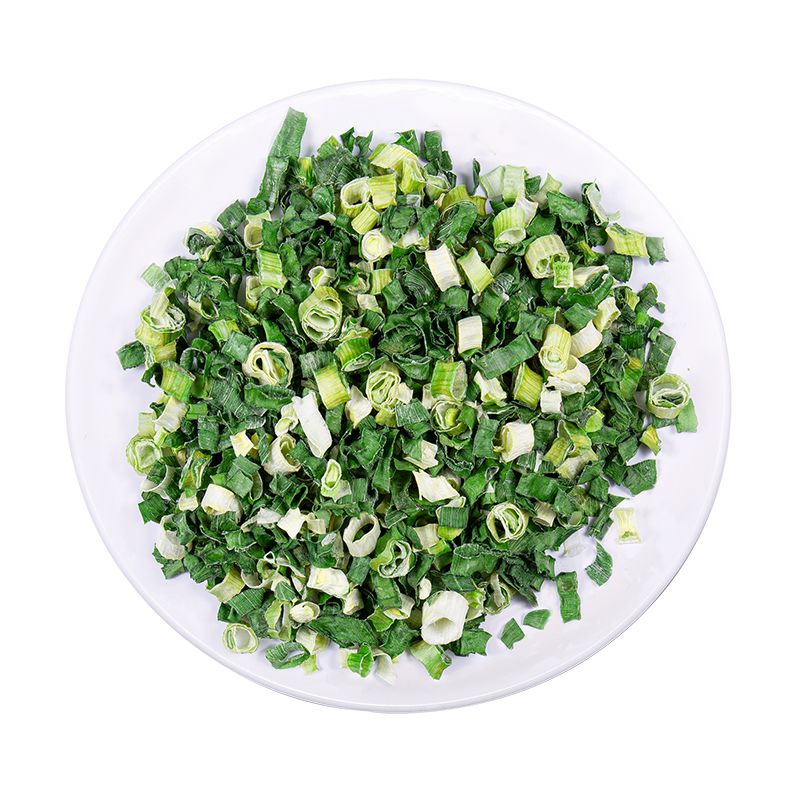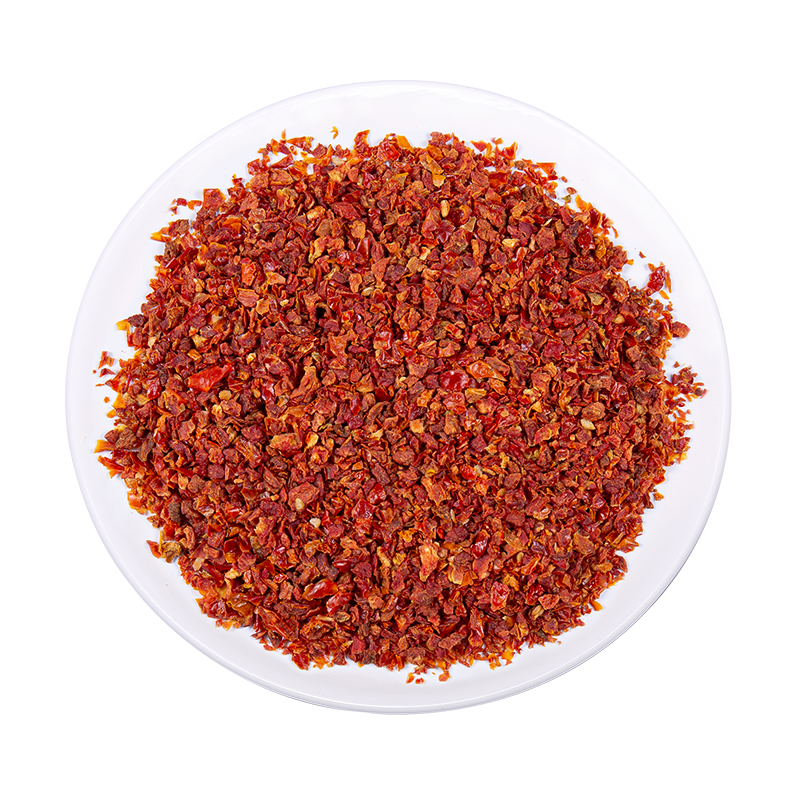Nov 03,2025
1. Selection of Raw Material: The initial quality of red beets is fundamental for maximizing antioxidant retention. Fully mature, disease-free beets with optimal soil nutrient content, particularly nitrogen, potassium, and trace minerals, exhibit the highest levels of betalains and polyphenols. Agricultural factors such as harvest time, climate, irrigation practices, and storage of raw roots prior to processing all influence antioxidant concentration. Selecting the appropriate beet variety with naturally higher pigment intensity and polyphenol content ensures that the dehydration process begins with material that has maximal potential for antioxidant preservation, as any deficiency at this stage cannot be recovered later during processing.
2. Pre-Treatment Procedures: Pre-treatments, including blanching, steaming, or hot water treatment, are applied to deactivate enzymes such as polyphenol oxidases and peroxidases, which catalyze oxidation reactions that degrade betalains and polyphenols. The temperature, duration, and method of pre-treatment are optimized to prevent nutrient leaching while ensuring complete enzymatic inactivation. For example, short-time steaming can inactivate enzymes without significant loss of water-soluble antioxidants, while maintaining the structural integrity of beet tissue. Pre-treatment reduces microbial load and ensures uniform dehydration, both of which contribute to long-term antioxidant retention during storage.
3. Dehydration Method: The choice of dehydration method directly affects antioxidant stability. Freeze-drying, which removes water under vacuum at subzero temperatures, preserves thermolabile compounds by minimizing thermal stress, oxidation, and structural collapse, retaining maximum betalains and polyphenols. Hot air-drying or tunnel drying requires careful control of temperature, airflow, and humidity to prevent overexposure to heat, which can degrade sensitive antioxidants and alter flavor. Drum drying and vacuum drying can be used for industrial-scale production but require precise process optimization, including short drying times and controlled heating, to balance efficiency with preservation of bioactive compounds. The selected dehydration method must consider the end-use of the product, whether for culinary applications, food coloring, or functional ingredients.
4. Temperature Control During Drying: Maintaining optimal temperature profiles during dehydration is critical because betalains and polyphenols are highly susceptible to thermal degradation. Temperatures exceeding 60–70°C during air-drying can accelerate pigment breakdown and reduce polyphenol content, while freeze-drying avoids high heat altogether. Uniform temperature distribution within drying chambers prevents localized overheating, which can cause uneven degradation. Advanced drying systems may include real-time temperature monitoring and controlled airflow patterns to ensure consistent drying while preserving the molecular structure of antioxidants. Temperature control is thus a key factor in producing high-quality dehydrated red beet with retained functional properties.
5. Moisture Reduction: Reducing moisture content to below 8–10% is essential to inhibit microbial activity and enzymatic reactions that can degrade antioxidants during storage. Water activity directly influences chemical reaction rates; lower moisture slows the oxidation of betalains and polyphenols and prevents hydrolytic reactions that could compromise pigment stability. Adequate drying also maintains textural integrity and facilitates uniform rehydration, which is critical for culinary and industrial applications. Monitoring residual moisture using precision instruments ensures that the product meets safety standards while optimizing antioxidant preservation.
6. Packaging Solutions: Protective packaging is critical for preventing oxidative and photodegradation of antioxidants. Oxygen-impermeable materials such as metallized films, multilayer laminates, vacuum-sealed pouches, or nitrogen-flushed bags minimize exposure to air, moisture, and UV light, all of which accelerate betalain and polyphenol degradation. Hermetic sealing prevents rehydration from ambient humidity, which can promote enzymatic reactions and microbial growth. Light-blocking and opaque packaging further preserves color intensity and antioxidant content during transportation and storage. Appropriate packaging design ensures that the product maintains its nutritional and functional quality throughout its intended shelf life.


 English
English Français
Français Español
Español









